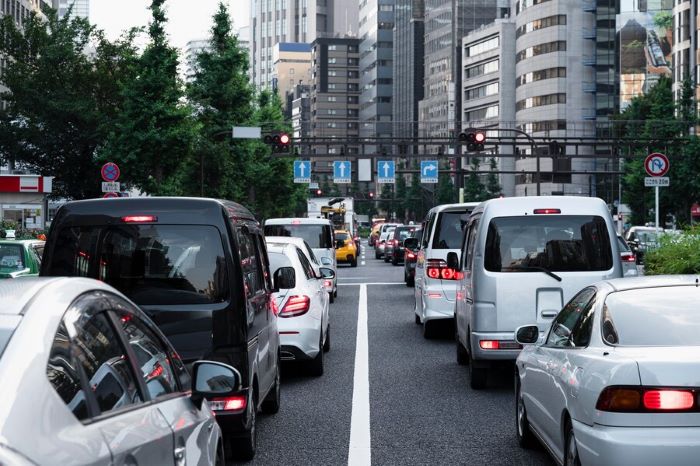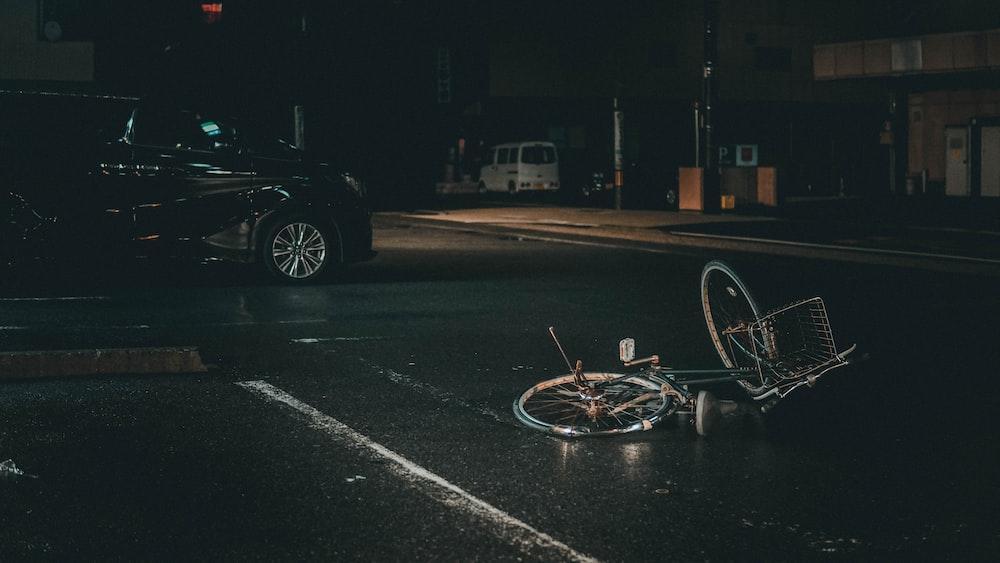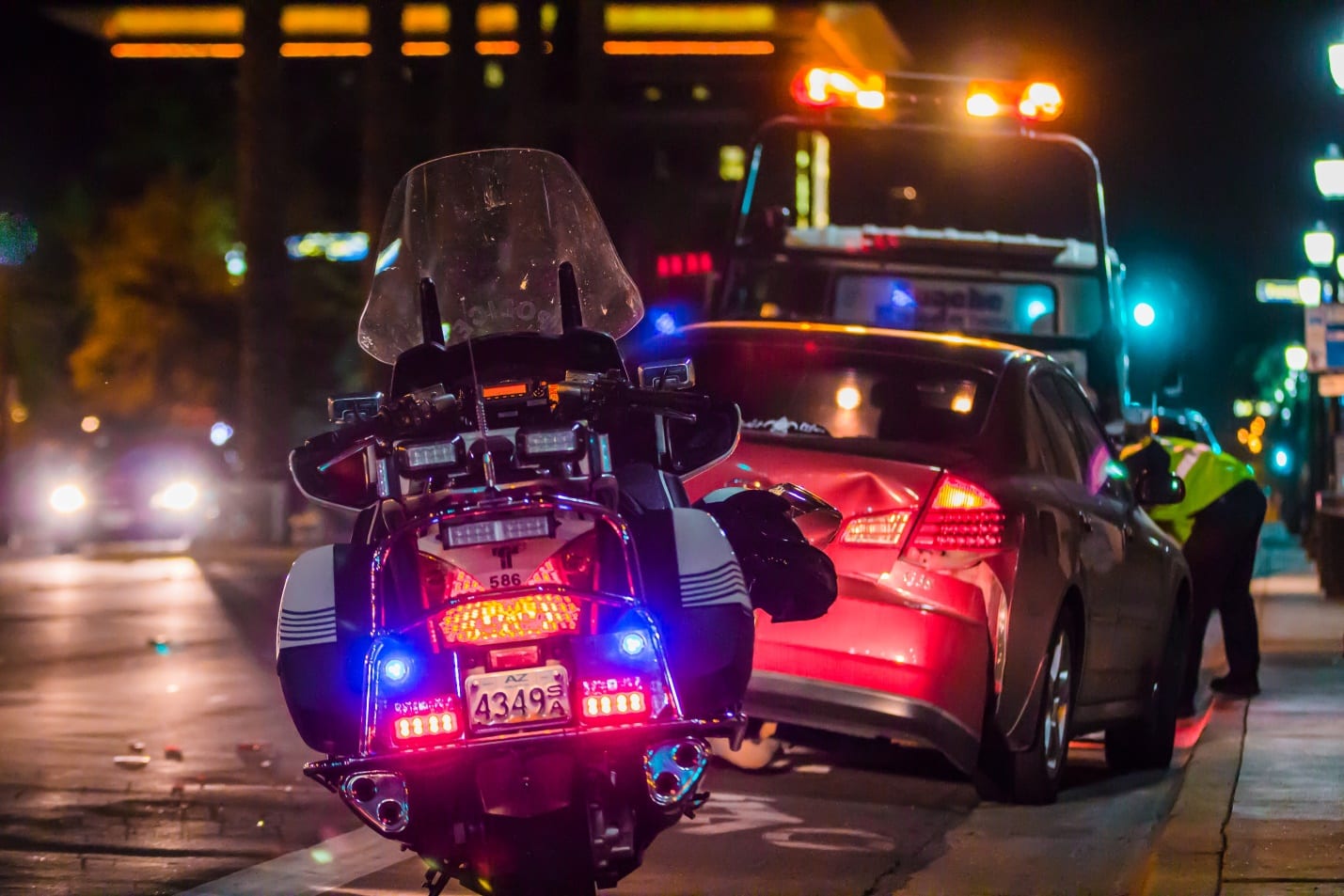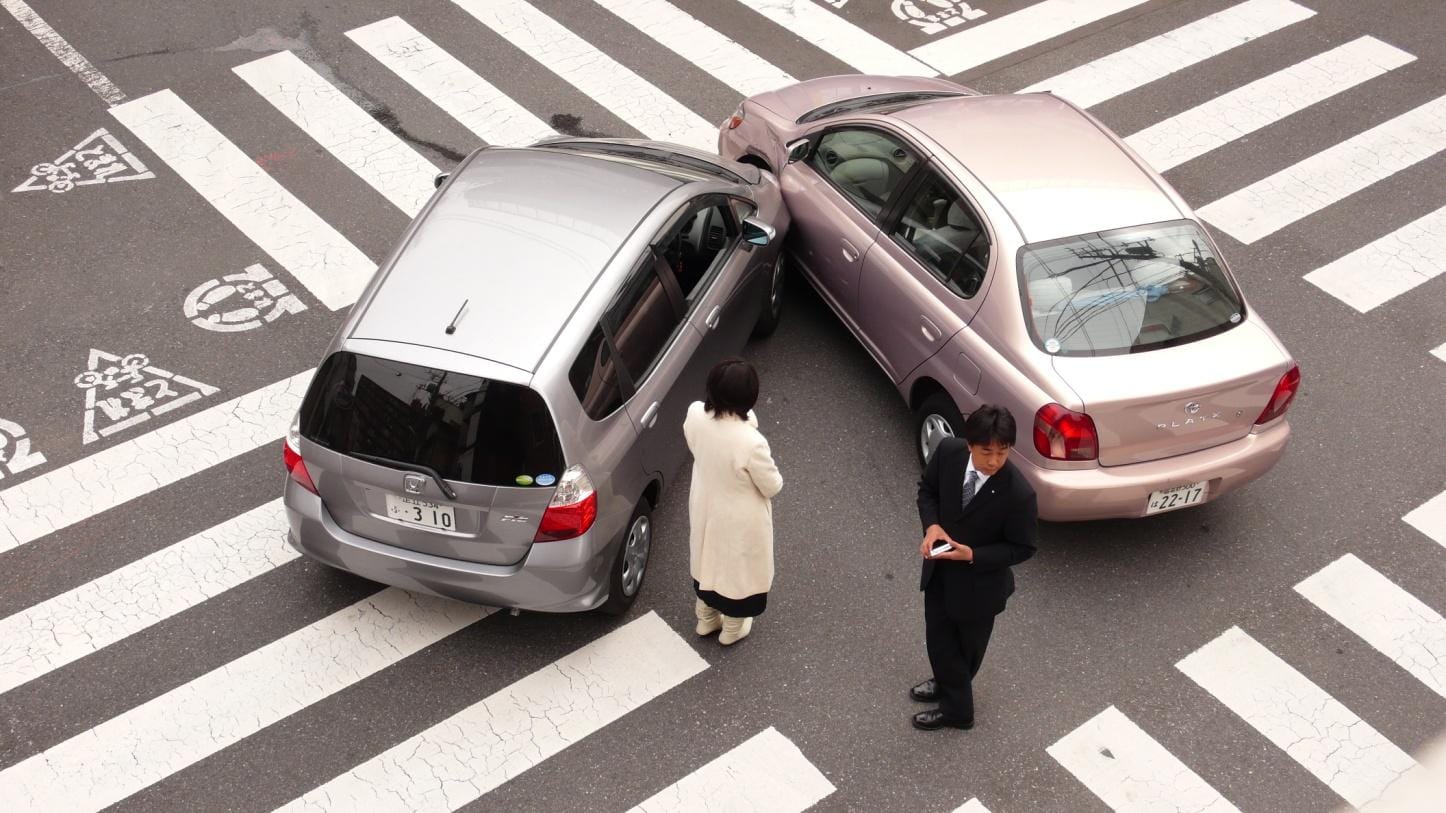
Navigating traffic can be a complex dance, especially when it comes to merging. Every driver learns the rules of the road, but when it comes down to the wire and two cars vie for the same spot in the same lane, who bears the responsibility? Determining fault in a merging accident is crucial for insurance claims and legal proceedings. Let’s dive into the intricacies of merging accidents, exploring liability, common causes, and what to do if you find yourself in such a situation.
Who Is Liable in a Merging Accident Between Two Vehicles?
In the realm of merging accidents, determining liability often boils down to negligence. Negligence refers to a driver’s failure to exercise reasonable care, resulting in harm to others. When two cars merge into the same lane, the question of who is at fault?
Merging driver typically bears primary fault for failing to merge safely, including checking blind spots and signaling intentions.
Non-merging driver may share fault if they fail to yield or engage in reckless behavior.
External factors like road conditions and visibility can also influence fault determination.
When Is an Accident the Merging Driver’s Fault?
In many cases, the merging driver bears the primary responsibility for ensuring a safe merge. If a merging driver failed to yield to oncoming traffic or improperly enters a lane, they may be deemed at fault for any resulting collision. Common scenarios where the merging driver may be at fault include:
Failure to Yield: If a merging driver enters a lane without properly assessing oncoming traffic and fails to yield to vehicles with the right of way, they are likely at fault.
Improper Lane Change: This occurs when a driver merges into a lane without signaling, checks, or enough clearance, leading to a collision.
Changing Lanes into a Vehicle’s Path: When a driver attempts to merge into a lane occupied by another vehicle and causes a car collision, they are typically considered at fault.
When Does the Non-Merging Driver Have Some Fault?
However, it’s important to note that fault in a merging accident isn’t always cut and dry. Sometimes, the non-merging driver may share some degree of fault, especially if they contribute to the collision through actions like:
Speeding: If the non-merging driver is traveling at an excessive speed that makes it difficult for the merging driver to safely merge, they may share fault for the collision.
Failure to Maintain a Safe Following Distance: Tailgating or driving too closely to the vehicle in front can impede the merging driver’s ability to safely merge and contribute to a collision.
Failure to React Appropriately: If the non-merging driver fails to react promptly to the merging driver’s actions, such as by failing to brake or swerve to avoid a collision, they may share fault.
External Factors Contributing to Merging Accidents
External factors beyond the control of drivers can also contribute to merging accidents. These may include adverse weather conditions, poor road maintenance, construction zones, unexpected road closures, debris on the roadway, or malfunctioning traffic signals. When these factors play a significant role in a merging accident, liability may be shared between other drivers and responsible parties such as government agencies or construction companies.
Laws on Merging With Other Traffic
State traffic laws typically dictate the rules of merging. These laws outline procedures for entering a traffic lane, yielding to oncoming vehicles, and using turn signals. In Nevada, as in most states, drivers must signal their intent to merge and yield to existing traffic. Failure to adhere to these laws can result in citations and, in the event of a merging or lane change accident, increased liability.
What are the Common Causes of Merging Accidents?
Merging accidents can stem from various factors, including:
Failure to Signal: Neglecting to use turn signals can lead to confusion and cross multiple lanes of traffic, increasing the risk of collisions.
Misjudging Speed: Underestimating the speed of oncoming vehicles or overestimating the available gap for merging can result in accidents.
Impaired Visibility: Blind spots pose a significant challenge when merging, especially if drivers fail to check them adequately.
Aggressive Driving: Tailgating, speeding, and other aggressive behaviors decrease reaction time and make merging more hazardous.
Distractions: Distracted driving, such as texting or adjusting the radio, can divert attention from the merging process, leading to accidents.
What to Do After a Merging Accident?
If you find yourself involved in a merging accident, it’s essential to take the following steps to ensure your safety and protect your legal rights:
Check for Injuries: Assess yourself and others involved in the accident for any injuries. If anyone is hurt, seek medical attention immediately.
Move to Safety: If possible, move your vehicle to a safe location away from traffic to prevent further merging or lane change accidents.
Call the Authorities: Contact law enforcement to report the accident and request assistance. A police report will document the details of the incident, which may be crucial for insurance claims and legal proceedings.
Exchange Information: Exchange contact, insurance, and vehicle information with the other driver(s) involved in the accident.
Document the Scene: Take photos of the accident scene, including vehicle damage, road conditions, and any relevant signage or traffic signals.
Seek Medical Attention: Even if you don’t believe you’re injured, it’s essential to undergo a medical evaluation to rule out any hidden injuries or symptoms that may emerge later.
Notify Your Insurance Company: Report the accident to your insurance provider as soon as possible to initiate the claims process.
How an Attorney Can Help You in a Merging Accident Case
Navigating the legal complexities of a merging accident can be challenging, especially when determining fault and seeking compensation for damages. This is where an experienced attorney can play a crucial role in helping you understand your rights and pursue the best course of action. Here’s how an attorney can assist you in this case:
Legal Assessment: Evaluate your case to understand its specifics and provide informed legal advice.
Determining Liability: Determine who was at fault for the accident by examining relevant factors.
Communication with Insurance Companies: Handle all communication with insurance adjusters to protect your rights and secure fair compensation.
Gathering Evidence: Collect evidence to strengthen your case, including accident reports, medical records, and witness statements.
Negotiation for Fair Compensation: Advocate for your best interests and negotiate with the insurance company to reach a fair settlement.
Litigation Representation: Represent you in court if necessary, presenting evidence and arguing your case before a judge and jury.
Managing Legal Procedures: Handle all legal paperwork, deadlines, and procedures to ensure your case progresses smoothly.

Discover Your Path to Legal Resolution with BLG
Merging accidents can be complex, and determining liability isn’t always straightforward. However, understanding the factors that contribute to these accidents and knowing your rights and responsibilities as a driver can help protect you in the event of a collision.
If you’ve been involved in a merging accident and are unsure of your legal options, it’s crucial to seek guidance from an experienced car accident lawyer. They can review the details of your case, assess liability, and advocate on your behalf to ensure you receive the compensation you deserve.
Remember, staying vigilant, following traffic laws, and exercising caution when merging can help prevent accidents and keep our roads safe for everyone.
Are you facing complexities after a merging accident? don’t hesitate to reach out to BLG. Our experienced team of attorneys is here to provide you with the expert guidance and representation you need to navigate through this challenging time.
Schedule your free consultation today!
FAQs
When 2 lanes merge into 1 who has the right of way?
When 2 lanes merge into 1, neither lane technically has the “right of way.” However, the general rule is to alternate merging, allowing one vehicle from each lane to proceed at a time.
When two vehicles are trying to move into the same lane on a freeway which vehicle gets priority?
When two vehicles are trying to move into the same lane on a freeway, the vehicle already in the lane typically has the right of way. The merging vehicle should yield and merge only when it is safe to do so.
What is the law on merging lanes?
The law on merging lanes varies by jurisdiction, but generally, drivers are expected to merge safely and efficiently, yielding to existing traffic while maintaining a safe speed and using signals to indicate their intentions.





